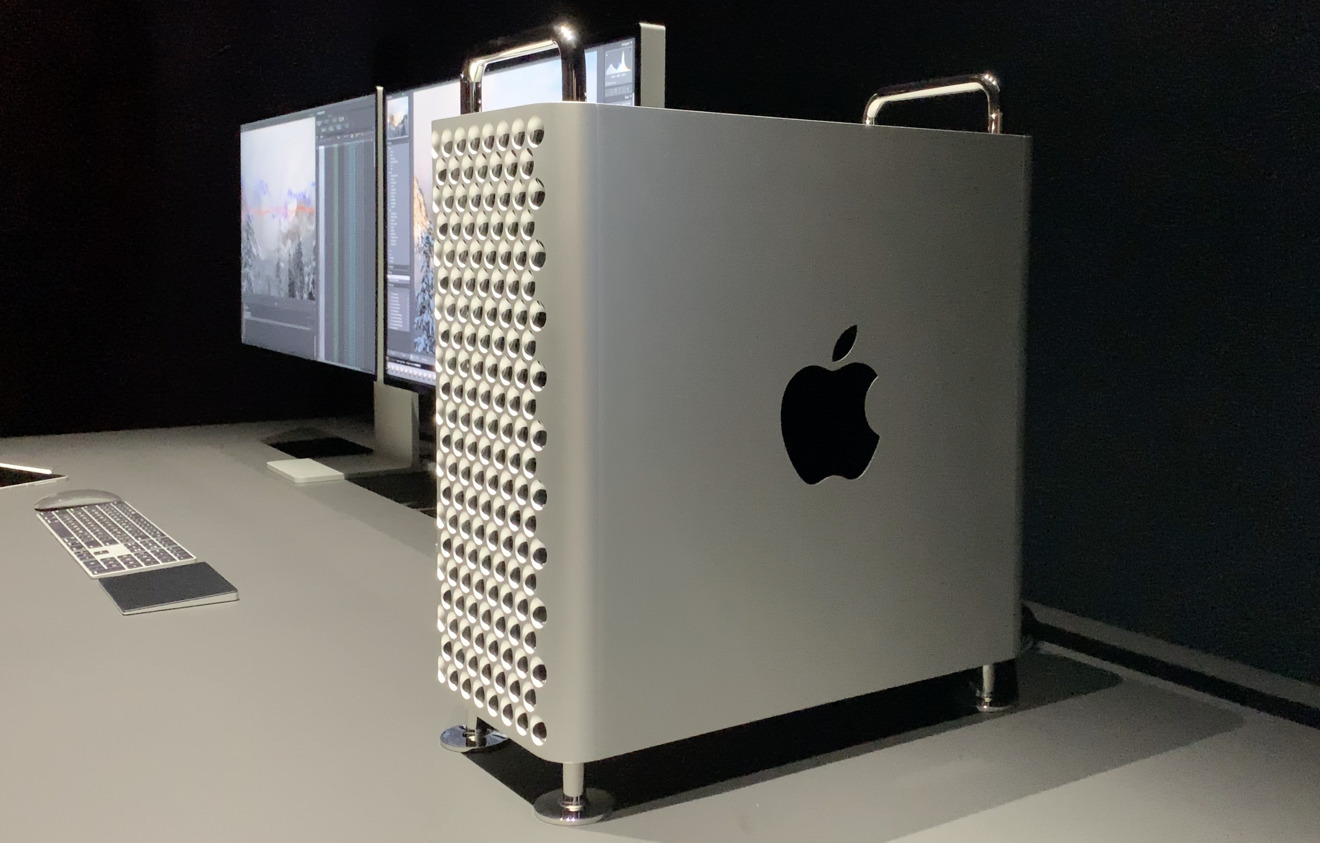Apple For Mac
Emojis displayed on iPhone, iPad, Mac, Apple Watch and Apple TV use the Apple Color Emoji font installed on iOS, macOS, watchOS and tvOS. Some Apple devices support Animoji and Memoji.Two Private Use Area characters are not cross-platform compatible but do work on Apple devices: Apple logo Beats 1 logo 117 new emojis are now available in iOS 14.2 beta and macOS Big Sur beta, coming to a. Use the latest version of macOS. Update to the latest version of macOS. Go to Apple menu. AppleCare+ for Mac provides global repair coverage, both parts and labor, from Apple-authorized technicians around the world. Coverage includes the following: Your Mac computer; Battery 1; Included accessories such as the power adapter; Apple memory (RAM) Apple USB SuperDrive. Mac App Store is the simplest way to find and download apps for your Mac. To download apps from the Mac App Store, you need a Mac with OS X 10.6.6 or later.
Is your Mac up to date with the latest version of the Mac operating system (macOS or OS X)? Is it using the version required by some other product that you want to use with your Mac? Which versions are earlier (older) or later (newer, more recent)? To find out, learn which version is installed now.
If your macOS isn't up to date, you may be able to update to a later version.
Which macOS version is installed?
From the Apple menu in the corner of your screen, choose About This Mac. You should see the macOS name, such as macOS Mojave, followed by its version number. If you need to know the build number as well, click the version number to see it.
This example shows macOS Catalina version 10.15 build 19A583.
Which macOS version is the latest?
These are all Mac operating systems, starting with the most recent. When a major new macOS is released, it gets a new name, such as macOS Catalina. As updates that change the macOS version number become available, this article is updated to show the latest version of that macOS.
If your Mac is using an earlier version of any Mac operating system, you should install the latest Apple software updates, which can include important security updates and updates for the apps that are installed by macOS, such as Safari, Books, Messages, Mail, Music, Calendar, and Photos.
| macOS | Latest version |
|---|---|
| macOS Catalina | 10.15.7 |
| macOS Mojave | 10.14.6 |
| macOS High Sierra | 10.13.6 |
| macOS Sierra | 10.12.6 |
| OS X El Capitan | 10.11.6 |
| OS X Yosemite | 10.10.5 |
| OS X Mavericks | 10.9.5 |
| OS X Mountain Lion | 10.8.5 |
| OS X Lion | 10.7.5 |
| Mac OS X Snow Leopard | 10.6.8 |
| Mac OS X Leopard | 10.5.8 |
| Mac OS X Tiger | 10.4.11 |
| Mac OS X Panther | 10.3.9 |
| Mac OS X Jaguar | 10.2.8 |
| Mac OS X Puma | 10.1.5 |
| Mac OS X Cheetah | 10.0.4 |

For the best iCloud experience, make sure your device meets the minimum system requirements.
Use the latest version of macOS
Update to the latest version of macOS. Choose Apple menu > About This Mac > Software Update. If you’re using macOS Mojave or earlier, choose Apple menu > App Store. See if there’s an update available.
Apple Apps For Mac
Sign in


Choose Apple menu > System Preferences, then click Apple ID. If you’re using macOS Mojave or earlier, click iCloud. Enter your Apple ID. When you sign in, iCloud is turned on automatically.
Check your iCloud settings
Choose Apple menu > System Preferences, then click Apple ID. If you’re using macOS Mojave or earlier, click iCloud. Choose the apps—like Notes, Photos, and iCloud Drive—that you want to use with iCloud.
The Best Security For Apple For Macbook Pro

Find the storage plan that’s right for you
One safe place for all your photos, files, and more
